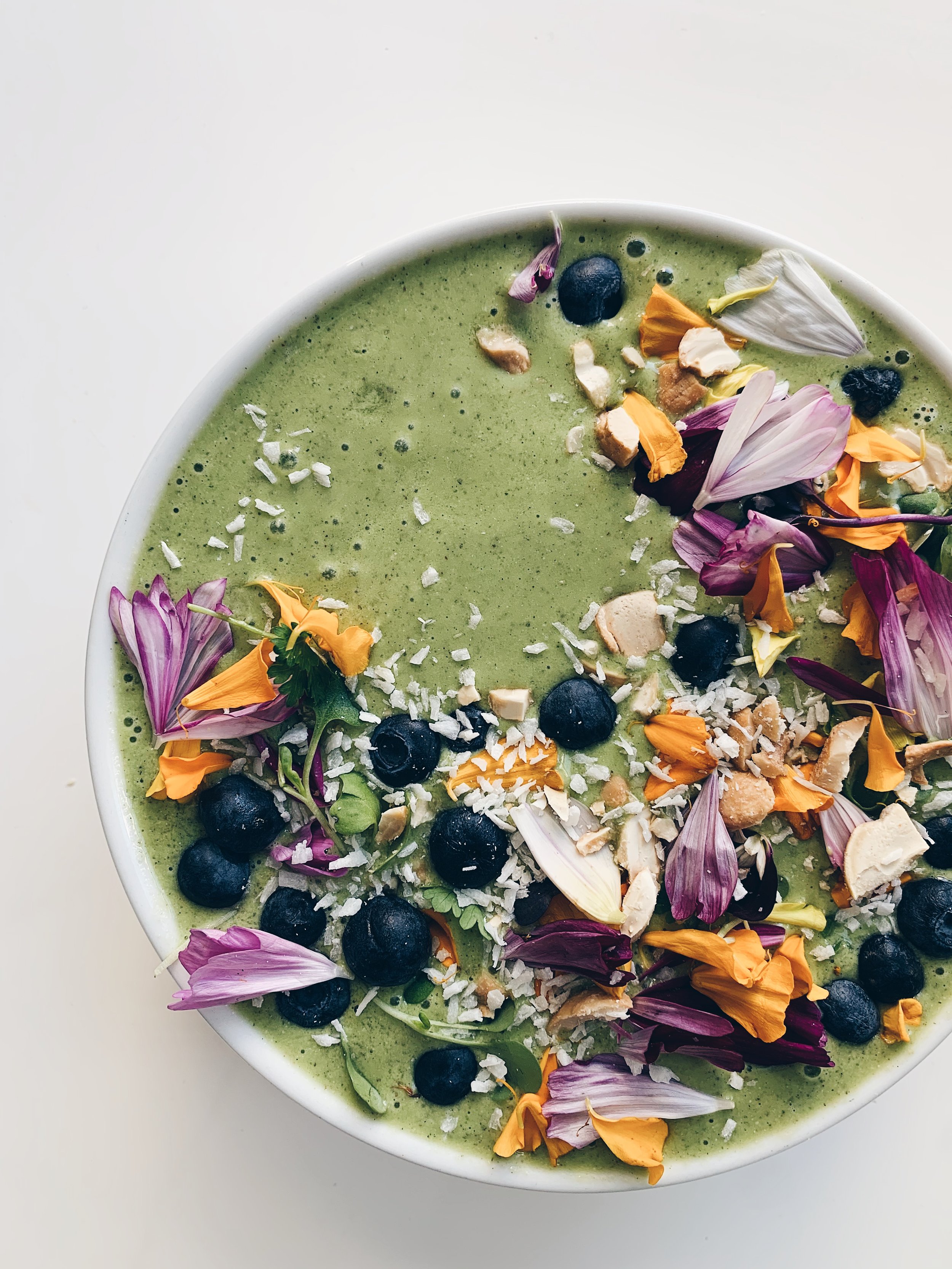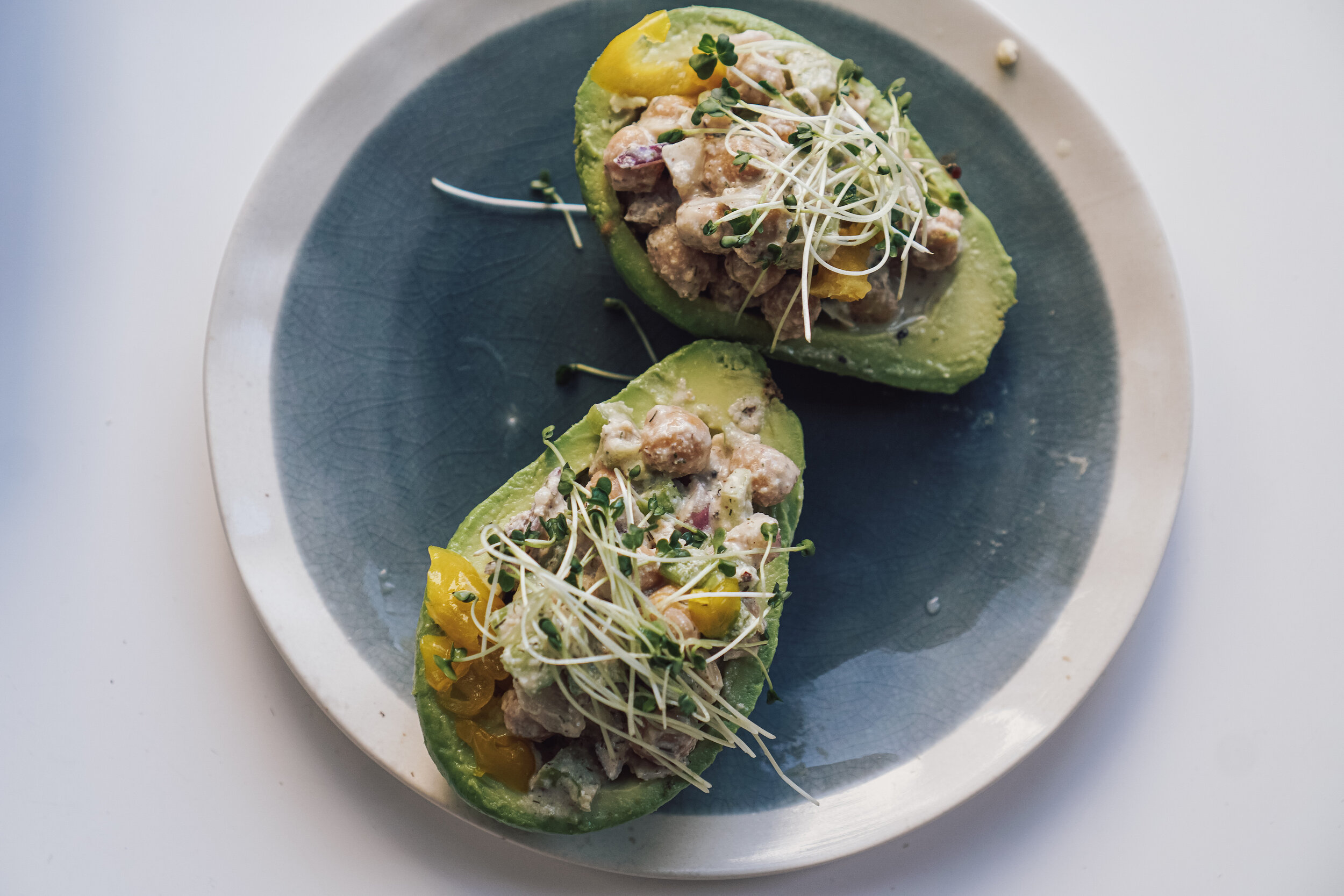What Are Microgreens and Are They Worth the Splurge?
In short, yes, microgreens are worth the splurge! Keep reading to find out why.
Remember back when kale reigned supreme over romaine as the go-to green in restaurants and fast-casual cafes across the country? The kale love is still going strong, but lately, another green has been topping the plates of some of the trendiest plant-forward restaurants: microgreens.
Given their surge in popularity, it's no wonder they've become a standout at the farmers' market.
But here's the thing: They aren't exactly cheap. Is a little green garnish on your avocado toast or buddha bowl, really worth all that green cash?
Table of Contents
What Are Microgreens & Are They Worth the Splurge?
Here's everything you need to know about microgreens and whether they are worth the splurge. From their nutrient profile to tasty ways to eat them, to the emergence of microgreen crops in local farms and restaurants, these trendy superfoods pack a punch- there's a lot that can be said about it!
What Are Microgreens?
Microgreens are young, edible plants that are harvested when they are just a few inches tall. They are grown in soil or a soil substitute, such as coconut coir or peat moss, and are harvested with scissors when the first leaves appear. The most common types of microgreens include arugula, kale, broccoli, and radish, although many other varieties are available.
Microgreens vs. Sprouts
While microgreens and sprouts are often used interchangeably, they are not alike. Sprouts are germinated seeds eaten whole, including the seed, root, and shoot. Microgreens, on the other hand, are harvested when the first leaves appear and are cut just above the soil line. This means that microgreens have a more complex flavor and texture than sprouts, which can be mushy and bland.
Why Are Microgreens So Expensive?
One of the biggest drawbacks of microgreens is their cost. Microgreens are much more expensive than other types of greens, such as lettuce or spinach. This is because they require a lot of labor to grow and harvest. Unlike mature plants, which can be harvested all at once, microgreens need to be harvested individually by hand, which is time-consuming.
Additionally, microgreens require a lot of attention and care to grow. They need to be kept in a warm, humid environment and require regular watering and fertilizing. All of these factors contribute to the higher cost of microgreens.
Are Microgreens Worth the Splurge?
So, are microgreens worth the extra cost? It depends on your personal preferences and budget. If you value fresh, nutrient-dense foods and don't mind spending a little extra money, then microgreens may be a great investment for you. However, if you're on a tight budget or don't see the value in paying extra for a few extra nutrients, you may be better off sticking with more affordable greens.
Ultimately, the decision of whether or not to splurge on microgreens is a personal one. However, if you decide to try them out, look for high-quality, organic microgreens that have been grown and harvested responsibly.
What are the benefits of eating microgreens?
These small leaves, once mere garnishes have received a boost beyond their usual status. Researchers found that they contained more nutrients and antioxidants than the full-grown versions. They could provide many nutrients such as vitamin C and E, along with antioxidants like beta carotene.
The trendy veggies are four to 40 times more nutrient-dense than their mature leaf counterparts, and they are 100 percent bioavailable. That means your body is able to absorb all the nutrient content, which may not be the case for similarly nutrient-dense vitamin supplements. So you don’t have to worry about peeing out all the nutrients in these pricey greens.
The nutrients you're getting are dependent on the kind of microgreens you go for. For example, cilantro microgreens have high levels of beta-carotene, while red cabbage microgreens are rich in vitamin C. Regardless of what you pick, your microgreens will be loaded with nutrients, and there are no wrong choices.
Do keep in mind that microgreens aren't going to replace a big, leafy salad, which offers more fiber than these veggie seedlings. But if you throw a big bunch of these young greens on anything, that's a super-shot of vitamins.
Can you eat raw microgreens?
The best way to eat these delicate leaves is raw. The only microgreen I recommend cooking are pea tendrils, which can be sauteed stove-top like spinach with sesame or olive oil. The others lose some of their nutritional value when cooked.
How to prep and eat microgreens
Microgreens are healthy side dishes that can be served on top of an entree, as a base for a pattie, in a smoothie, or added to soup.
For the best nutritional value, eat your microgreens within a week of purchasing. If you wait longer than that, the microgreens will start to lose some of their nutrient content. With Microgreen grow kits like Hamama Microgreens, you can cut your cost significantly by growing microgreens for yourself at home.
Here are some Microgreen Recipes I’m Loving
Hamama Microgreens Promo Code
You can enjoy 20% off Hamama Microgreens with code HAMAMA. They have so many different Microgreen grow kits and quilts to pick from.
Conclusion
Microgreens are definitely worth the splurge, in my opinion. Not only are they incredibly healthy for you, but they also add a beautiful pop of color and flavor to any dish. If you're looking for a way to add more nutrition into your diet, or if you're simply looking for a new and interesting way to jazz up your meals, I would definitely recommend giving microgreens a try.













